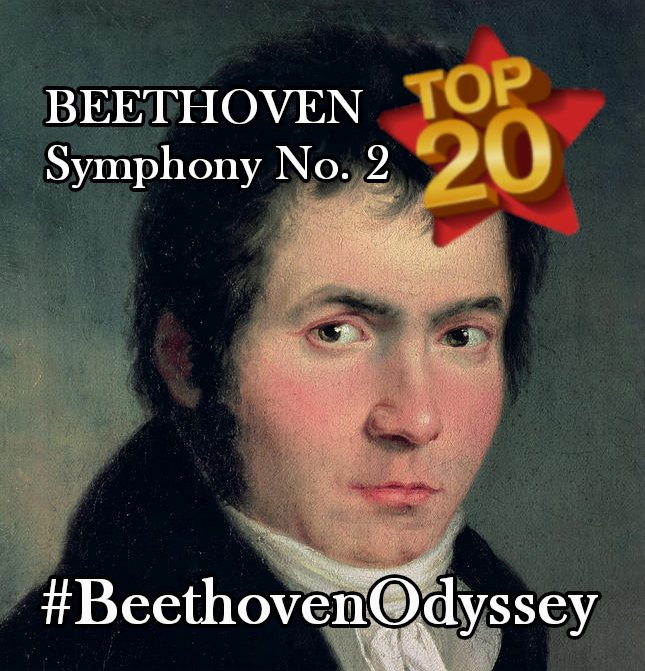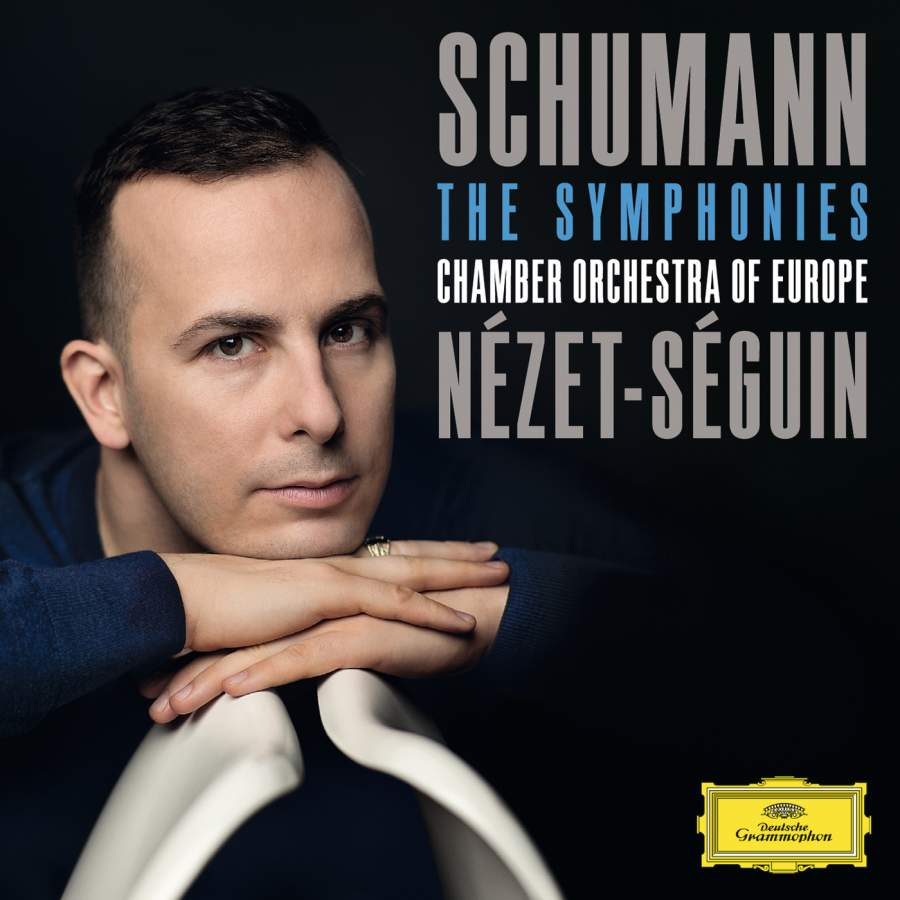Symphony No. 4 in B-flat major, Op. 60 (1806)
1/ With the first great Romantic symphony under his belt, and the next two on the drawing board, Beethoven takes a break to compose the first neo-classical symphony.
Whatever the truth, Beethoven soon had a strong motivation to finish the new symphony for his new sponsor.
"Prince, what you are you are through an accident of birth; what I am I am through myself."
With their relationship broken, he could kiss his annuity goodbye.
Time to look at the music itself. I'll use this video as a reference.
An alien note upsetting the harmony of a symphony. Where have we met that idea before?
THE END.
















